Home>Gardening & Outdoor>Pool & Spa Care>How Do You Lower The PH In A Hot Tub


Pool & Spa Care
How Do You Lower The PH In A Hot Tub
Modified: January 3, 2024
Learn effective methods for lowering the pH in your hot tub with our expert pool and spa care tips. Keep your water balanced and clean for a relaxing soak!
(Many of the links in this article redirect to a specific reviewed product. Your purchase of these products through affiliate links helps to generate commission for Storables.com, at no extra cost. Learn more)
Introduction
Owning a hot tub is a luxurious experience that offers relaxation and rejuvenation. However, maintaining the water's chemical balance is crucial for ensuring a safe and enjoyable soak. One of the key parameters to monitor is the pH level. pH measures the acidity or alkalinity of the water, and in a hot tub, it should ideally be maintained between 7.2 and 7.8 for optimal comfort and safety.
In this comprehensive guide, we will delve into the intricacies of managing pH levels in hot tubs. From understanding the significance of pH to testing and adjusting the levels, we will explore various methods to effectively lower the pH and maintain a pristine hot tub environment. Whether you are a seasoned hot tub owner or a novice enthusiast, this article will equip you with the knowledge and insights to ensure that your hot tub remains a haven of relaxation. So, let's dive in and unravel the secrets of pH management in hot tubs.
Key Takeaways:
- Keep your hot tub pH between 7.2 and 7.8 for a comfortable and safe soak. Test pH twice a week and adjust gradually using chemicals or natural remedies to maintain the balance.
- Regularly test and adjust your hot tub’s pH to ensure a relaxing and safe experience. Use natural remedies like vinegar and baking soda for eco-friendly maintenance.
Understanding pH in Hot Tubs
Before delving into the methods of lowering pH levels in a hot tub, it’s essential to grasp the significance of pH in this aquatic environment. pH is a measure of the water’s acidity or alkalinity, and it plays a pivotal role in maintaining water balance. In a hot tub, the recommended pH range of 7.2 to 7.8 is crucial for several reasons.
First and foremost, the pH level directly impacts bather comfort. Water that is too acidic or too alkaline can cause skin and eye irritation, detracting from the relaxing experience. Furthermore, maintaining the appropriate pH range is vital for the efficacy of sanitizers. Chlorine and bromine, the primary sanitizing agents in hot tubs, function most effectively within the recommended pH range. If the pH strays outside this range, the sanitizers’ ability to combat bacteria and other contaminants diminishes, compromising the water’s cleanliness.
Moreover, the hot tub’s equipment and plumbing can be adversely affected by imbalanced pH levels. Water that is too acidic can corrode metal components, while excessively alkaline water can lead to scale buildup. Both scenarios can result in costly damage and repairs.
By understanding the critical role of pH in a hot tub, you can appreciate the necessity of diligently monitoring and regulating pH levels. This knowledge forms the foundation for effective hot tub maintenance and ensures a safe and enjoyable soaking experience for you and your guests.
Testing the pH Levels
Regular testing of the hot tub’s pH levels is a fundamental aspect of water maintenance. Testing kits, readily available at pool and spa supply stores, provide a simple and accurate means of assessing the water’s pH. These kits typically include testing strips or liquid reagents along with a color chart for result interpretation.
When testing the pH, it’s important to follow the manufacturer’s instructions precisely to obtain reliable results. Generally, the process involves dipping a test strip into the water or adding a few drops of the provided reagent. After a brief waiting period, the strip or water’s color is then compared to the chart to determine the pH level.
For optimal water quality, it’s advisable to test the hot tub’s pH at least twice a week, especially during periods of heavy usage or extreme weather conditions. Additionally, testing the pH after adding any new water or chemical treatments is essential to ensure the water remains within the recommended range.
By diligently monitoring the pH levels, you can promptly identify any deviations and take the necessary steps to restore the balance. This proactive approach not only promotes a safe and comfortable soaking environment but also prolongs the lifespan of the hot tub and its components.
Adjusting the pH Levels
Once you have tested the pH levels in your hot tub and identified that they are outside the recommended range, it’s imperative to take corrective measures to restore the balance. There are several methods to adjust pH levels, ranging from chemical treatments to natural remedies, each offering its own advantages and considerations.
Before proceeding with any pH-adjusting method, it’s crucial to refer to the hot tub’s manual and the specific instructions provided by the chemical manufacturer. Additionally, it’s advisable to wear protective gear, such as gloves and goggles, when handling any pH-altering substances.
When adjusting pH levels, it’s essential to do so gradually. Sudden and drastic changes can lead to further imbalances and potential discomfort for bathers. Therefore, patience and precision are key when undertaking pH adjustments.
Whether you opt for chemical or natural methods to lower the pH, it’s important to retest the water after a period of time to ensure that the desired pH range has been achieved. This iterative approach allows for fine-tuning and ensures that the water remains within the recommended parameters.
By understanding the various methods of adjusting pH levels and approaching the process with care and attentiveness, you can effectively maintain a harmonious pH balance in your hot tub, fostering an environment that is both safe and enjoyable for all who partake in its soothing waters.
To lower the pH in a hot tub, you can add a pH decreaser or use muriatic acid. Follow the product instructions and test the water regularly to ensure the pH level is balanced.
Using Chemicals to Lower pH
When the pH levels in your hot tub exceed the recommended range, the use of pH-lowering chemicals becomes necessary to restore balance. One of the most commonly employed substances for this purpose is muriatic acid, also known as hydrochloric acid. Muriatic acid is highly effective in reducing pH levels and is readily available at pool and spa supply stores.
Before adding muriatic acid to your hot tub, it’s crucial to carefully follow the manufacturer’s instructions and safety guidelines. This includes wearing protective gear, such as gloves and goggles, and ensuring proper ventilation during the application process. It’s also advisable to add the acid to the water gradually and in small increments, allowing time for the water to circulate before retesting the pH.
Another chemical option for lowering pH is sodium bisulfate, commonly referred to as dry acid. This substance is available in granular form and is added directly to the hot tub water. As with muriatic acid, it’s essential to adhere to the manufacturer’s instructions and safety precautions when using sodium bisulfate.
While these chemicals are effective in lowering pH levels, it’s important to exercise caution and precision when handling them. Overdosing the hot tub with pH-lowering chemicals can result in excessively low pH levels, leading to potential skin and eye irritation for bathers. Therefore, it’s imperative to follow dosage recommendations diligently and retest the water after a suitable interval to ensure that the pH has been adjusted to the desired range.
By utilizing pH-lowering chemicals judiciously and in accordance with the prescribed guidelines, you can effectively mitigate high pH levels and maintain a balanced and comfortable environment in your hot tub. This approach not only safeguards the well-being of bathers but also preserves the integrity of the hot tub and its components.
Read more: How Do You Raise The PH In A Hot Tub
Natural Methods to Lower pH
For hot tub owners who prefer to minimize the use of chemicals, several natural methods can effectively lower pH levels while promoting a more eco-friendly approach to water maintenance. These natural remedies offer viable alternatives to traditional pH-lowering chemicals and can contribute to a more sustainable hot tub maintenance routine.
One natural method to lower pH levels in a hot tub is by using white vinegar. White vinegar, a common household item, contains acetic acid, which can help reduce pH levels when added to the water. When employing this method, it’s essential to dilute the vinegar with water before adding it to the hot tub. This precaution prevents abrupt pH fluctuations and ensures a gradual adjustment process.
Baking soda, another readily available household product, can also be utilized to lower pH levels naturally. Baking soda, or sodium bicarbonate, possesses alkaline properties that can counterbalance high acidity in the water. By adding small quantities of baking soda and allowing time for the water to circulate, the pH levels can be gradually lowered to the desired range.
Furthermore, aeration, or the process of introducing air into the water, can help naturally lower pH levels in a hot tub. Aeration promotes the release of carbon dioxide, which, in turn, reduces the water’s acidity. This can be achieved by activating the hot tub’s jets or incorporating air-inducing accessories to facilitate the aeration process.
By incorporating these natural methods into your hot tub maintenance routine, you can effectively lower pH levels while minimizing reliance on chemical additives. However, it’s important to exercise patience and diligence when employing natural remedies, as their effects may take longer to manifest compared to traditional pH-lowering chemicals. Additionally, regular testing and monitoring are essential to ensure that the pH remains within the recommended range.
Embracing natural methods to lower pH levels not only aligns with eco-conscious practices but also contributes to a more holistic and sustainable approach to hot tub maintenance. By integrating these natural remedies into your pH management strategy, you can foster a balanced and harmonious aquatic environment for your enjoyment and relaxation.
Conclusion
Maintaining optimal pH levels in your hot tub is essential for preserving water quality, ensuring bather comfort, and safeguarding the longevity of the hot tub and its components. By understanding the significance of pH and implementing effective pH management strategies, you can cultivate a pristine and inviting environment for relaxation and rejuvenation.
Regular testing of the hot tub’s pH levels provides valuable insights into the water’s chemical balance, enabling you to promptly identify any deviations from the recommended range. This proactive approach empowers you to take timely corrective measures, thereby mitigating potential discomfort for bathers and preventing damage to the hot tub’s infrastructure.
Whether you opt for traditional pH-lowering chemicals or prefer natural remedies, it’s imperative to approach pH management with care, precision, and attentiveness. By adhering to manufacturer’s guidelines, employing gradual adjustments, and retesting the water after treatment, you can effectively restore pH balance while promoting a safe and enjoyable soaking experience.
Furthermore, embracing natural methods to lower pH levels not only offers eco-friendly alternatives but also contributes to a more holistic and sustainable approach to hot tub maintenance. By integrating these natural remedies into your pH management strategy, you can foster a balanced and harmonious aquatic environment, minimizing reliance on chemical additives.
In conclusion, a well-maintained hot tub with balanced pH levels enhances the overall experience, allowing you to immerse yourself in soothing waters with peace of mind. By staying informed, proactive, and attentive to pH management, you can ensure that your hot tub remains a sanctuary of relaxation, inviting you to unwind and indulge in its therapeutic embrace.
Frequently Asked Questions about How Do You Lower The PH In A Hot Tub
Was this page helpful?
At Storables.com, we guarantee accurate and reliable information. Our content, validated by Expert Board Contributors, is crafted following stringent Editorial Policies. We're committed to providing you with well-researched, expert-backed insights for all your informational needs.
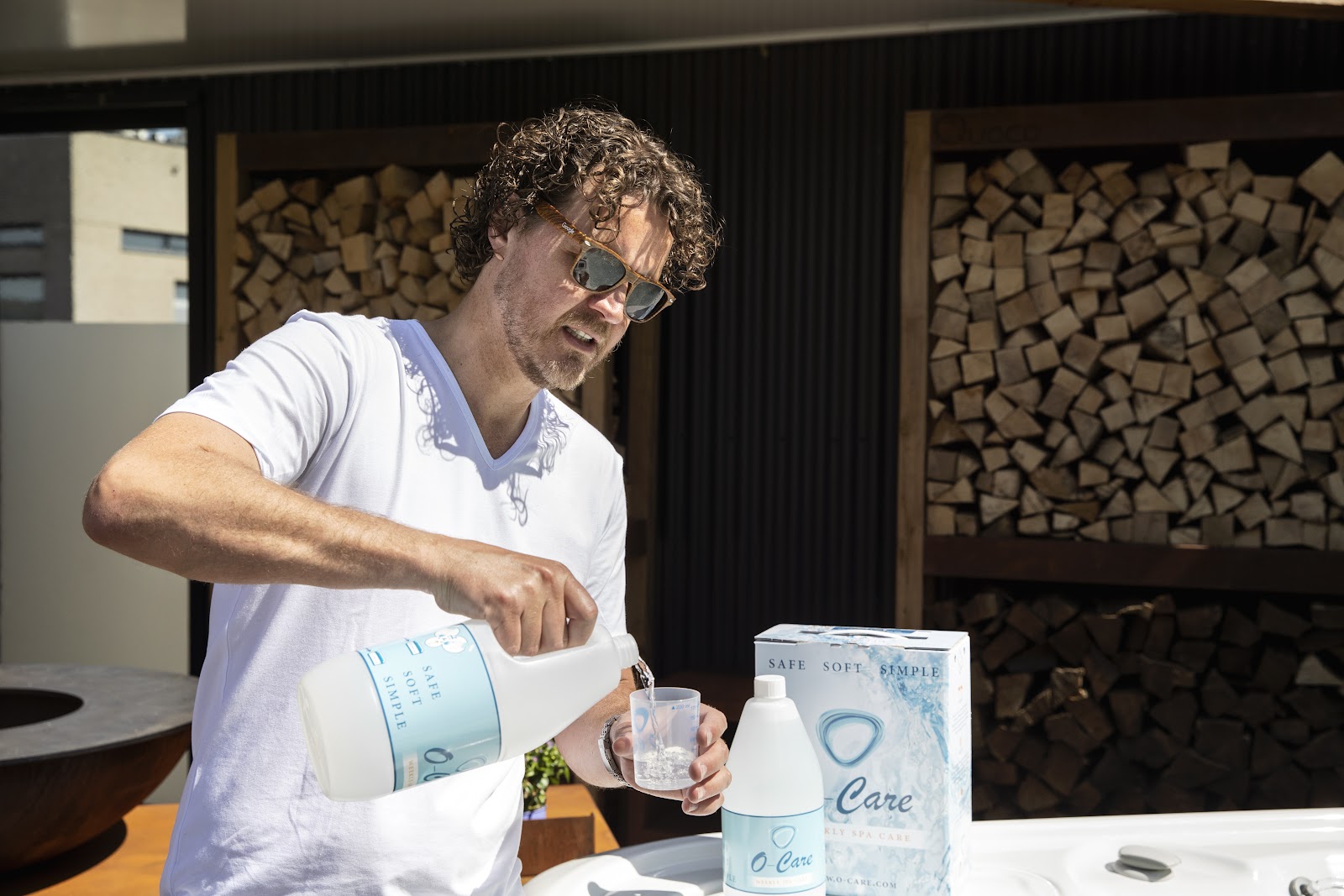
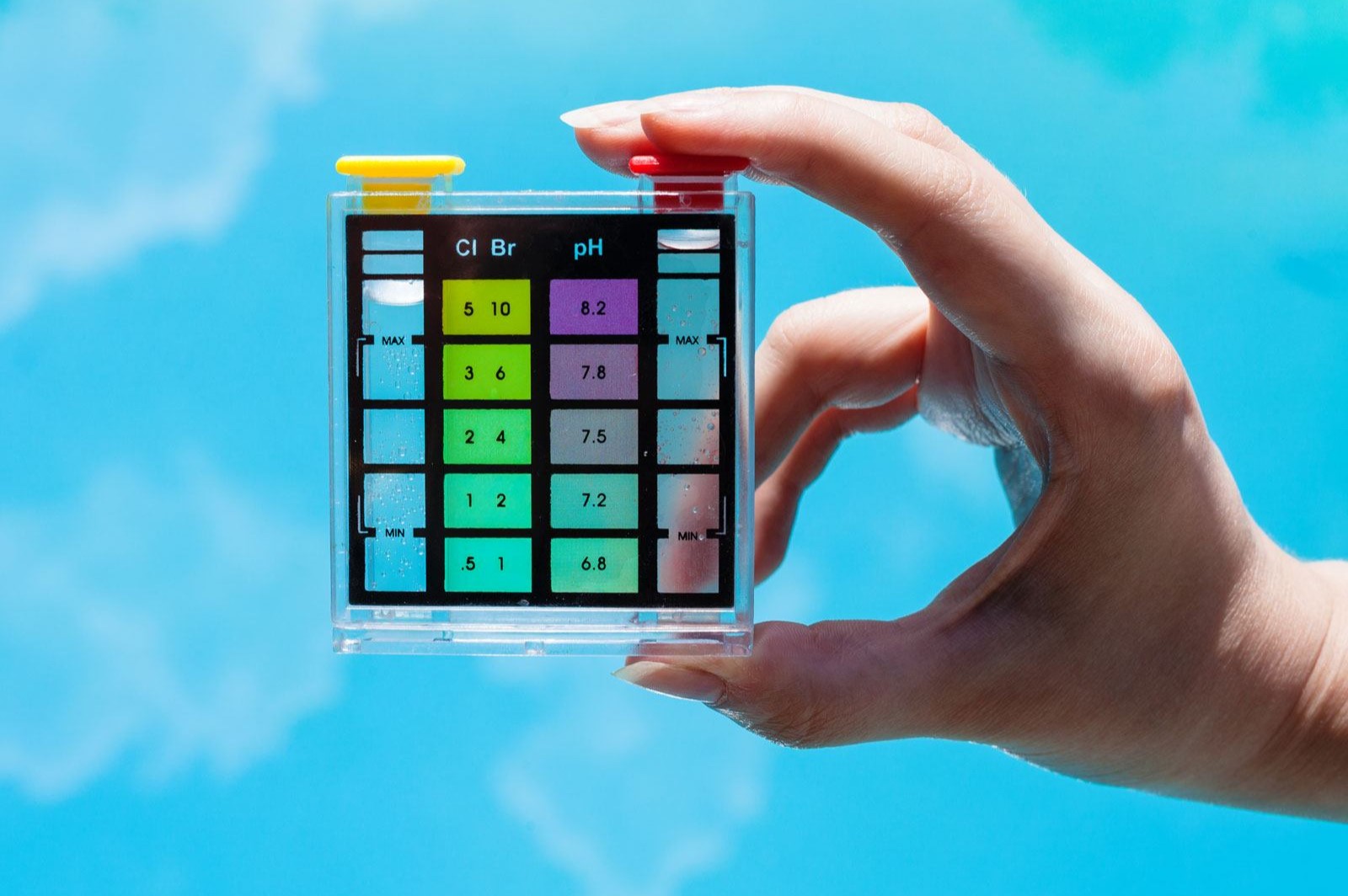
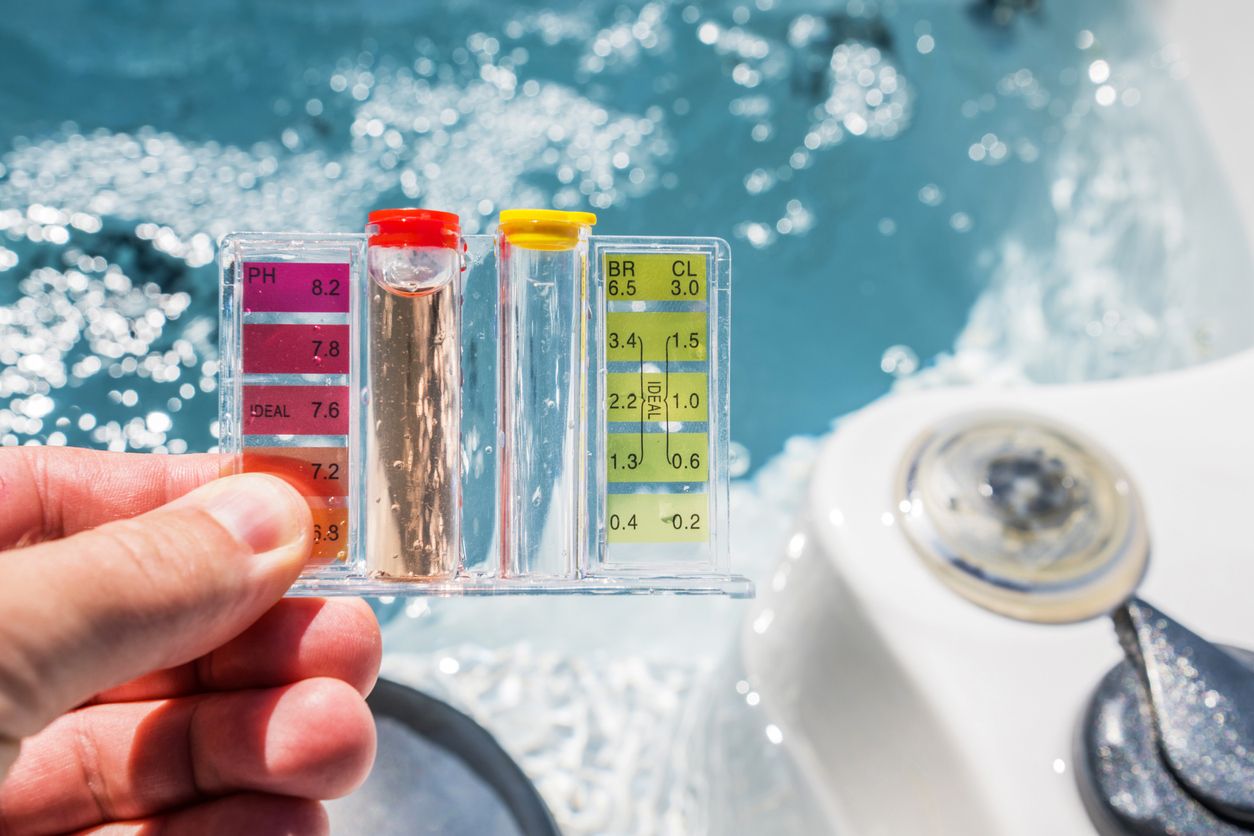
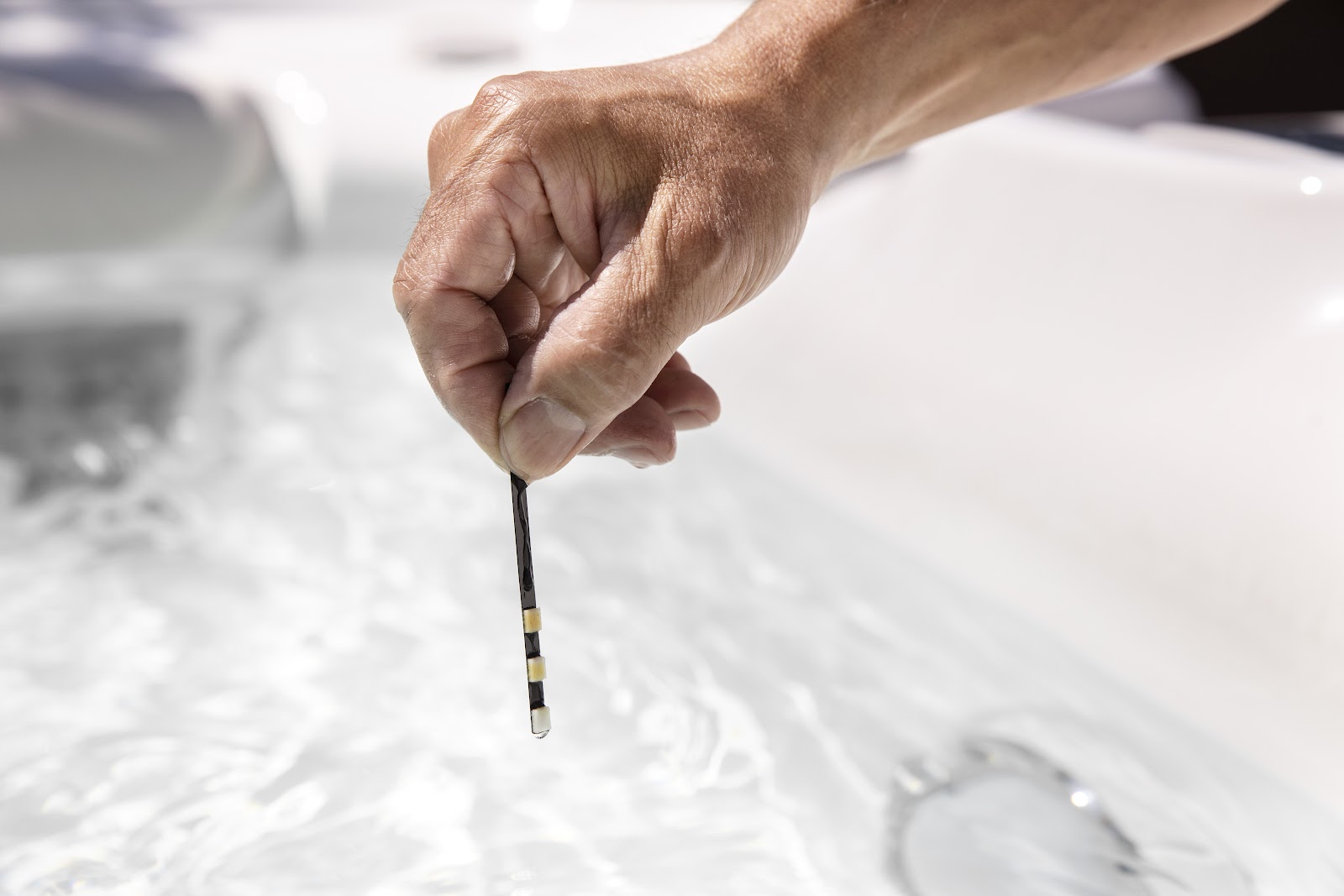

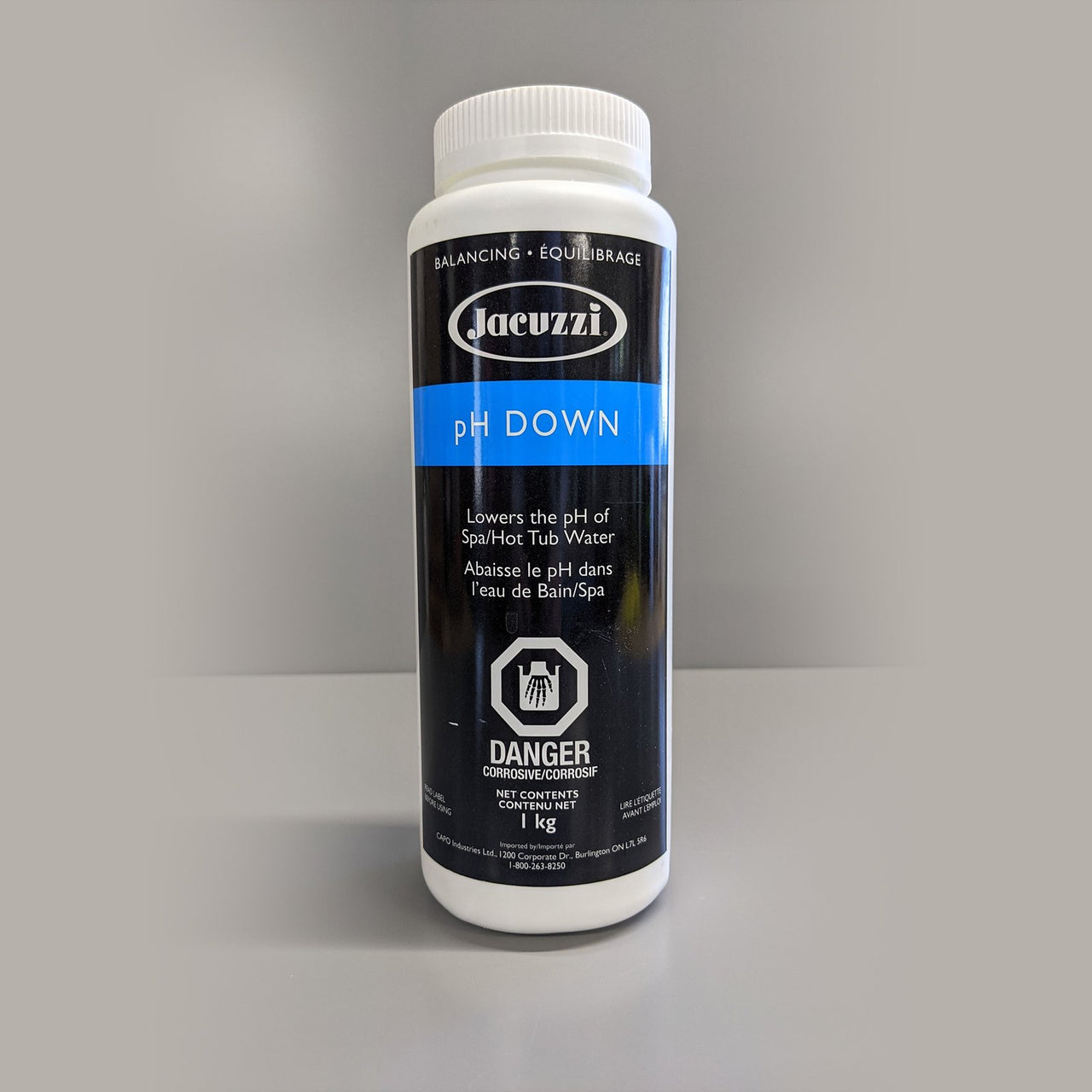


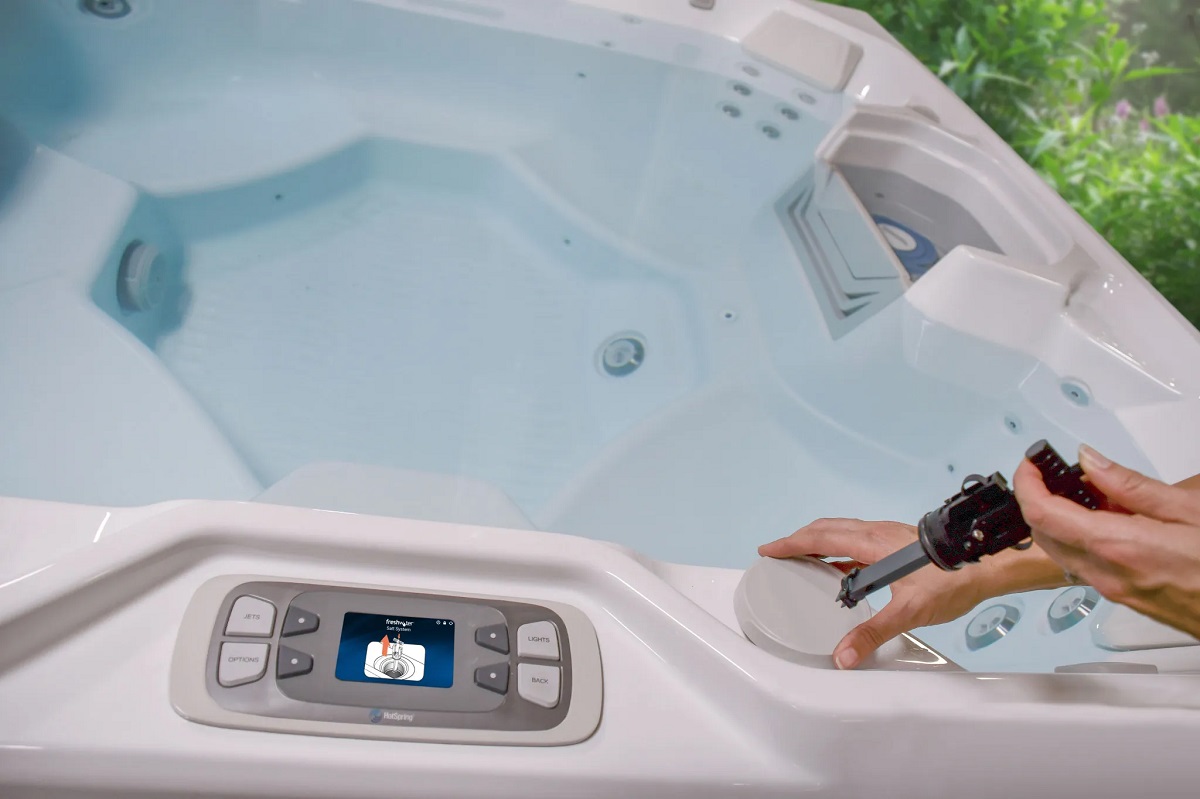
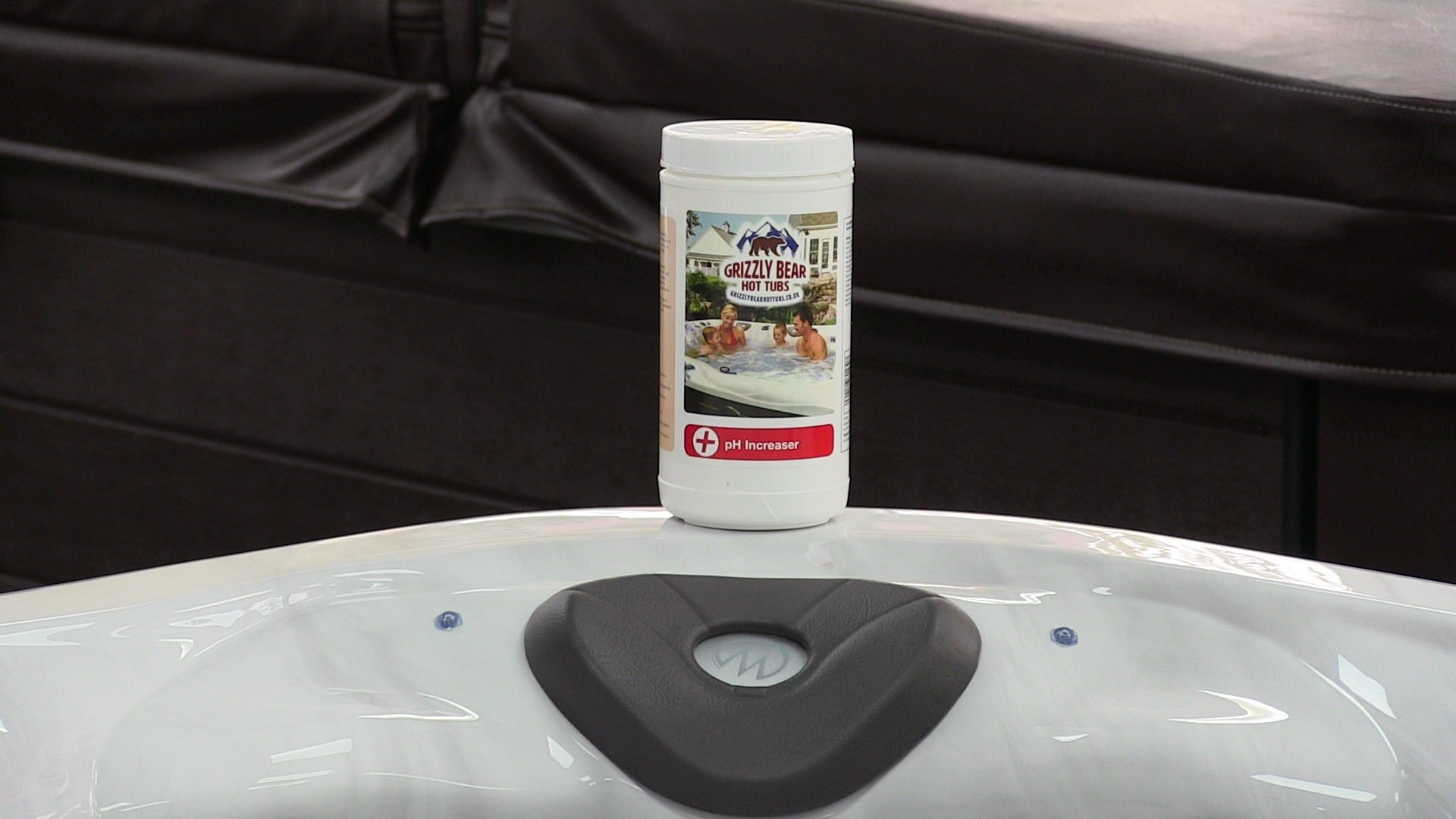
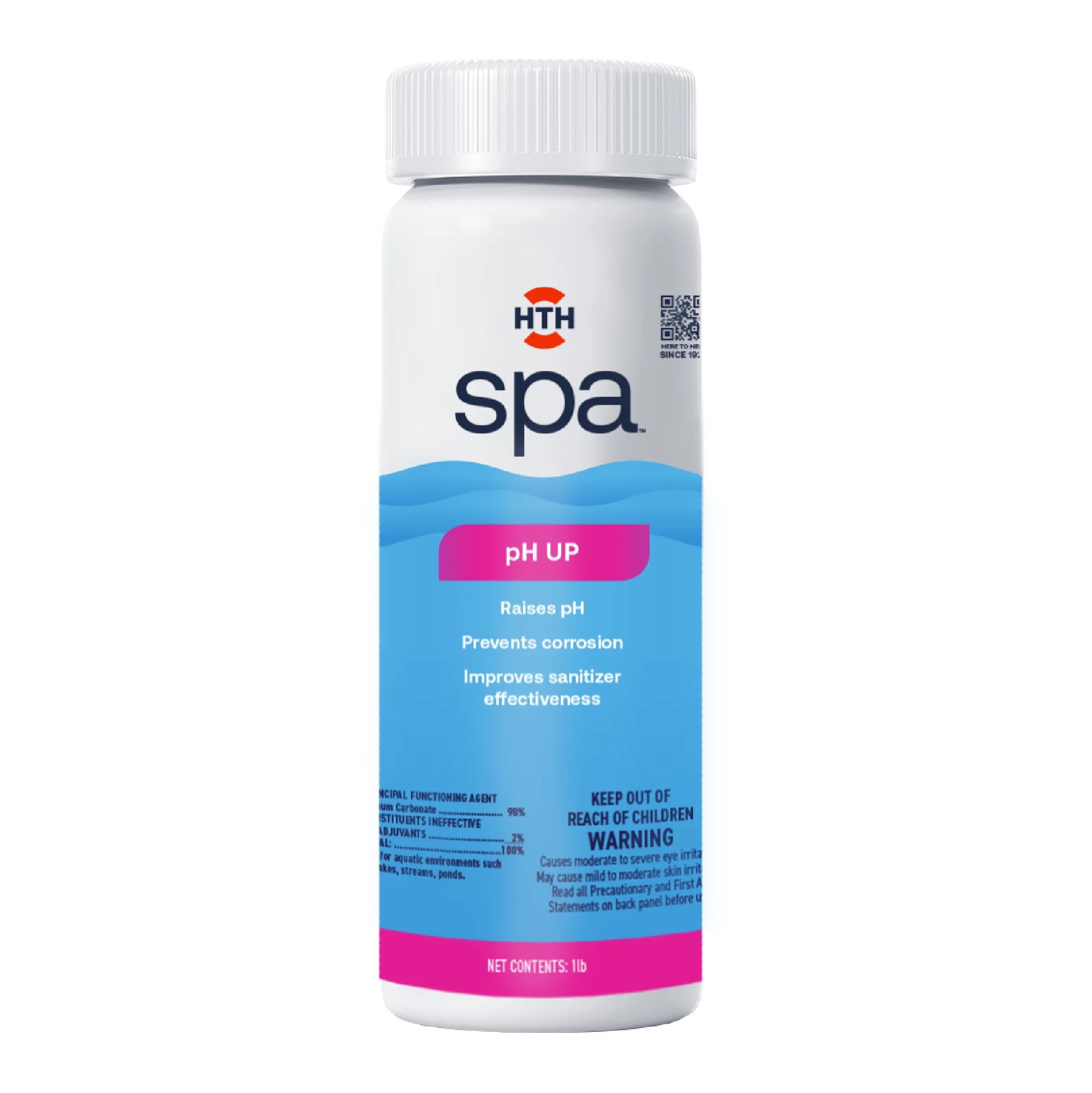
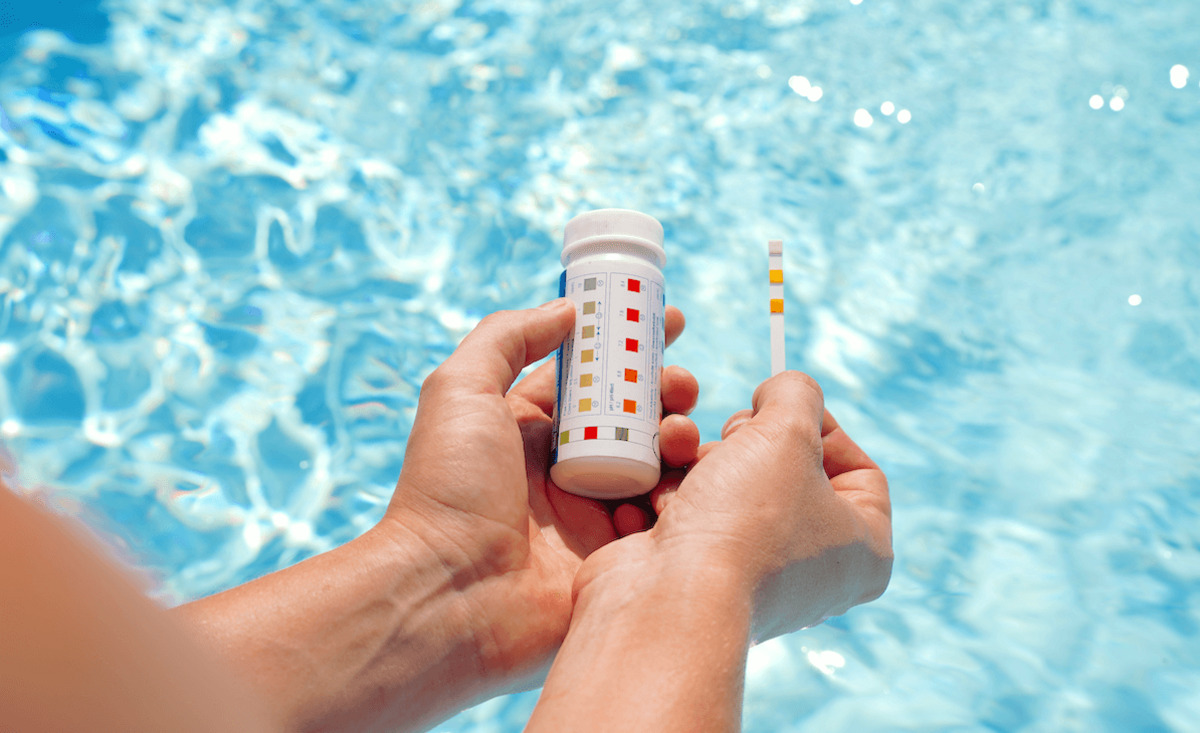
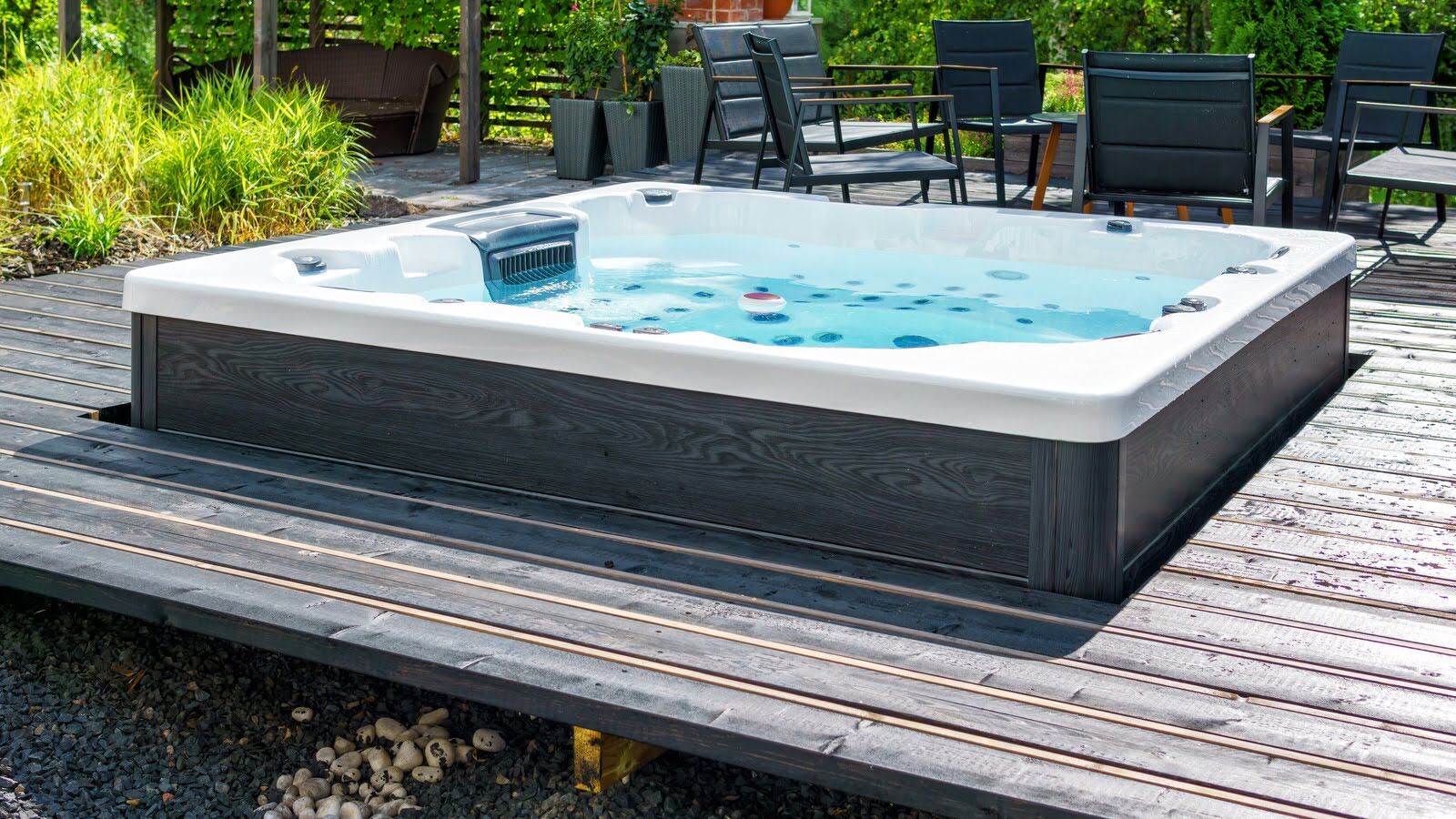
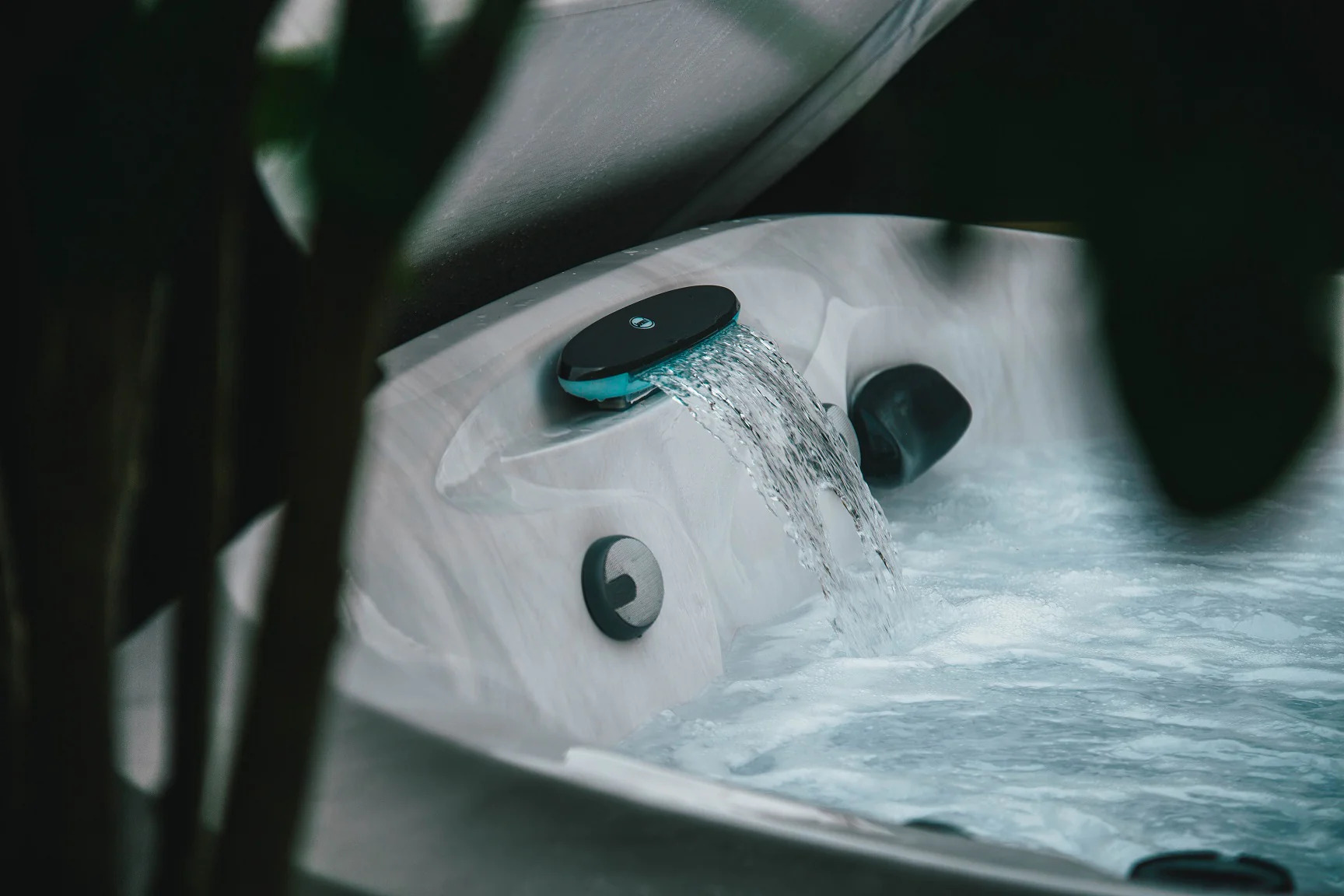

0 thoughts on “How Do You Lower The PH In A Hot Tub”